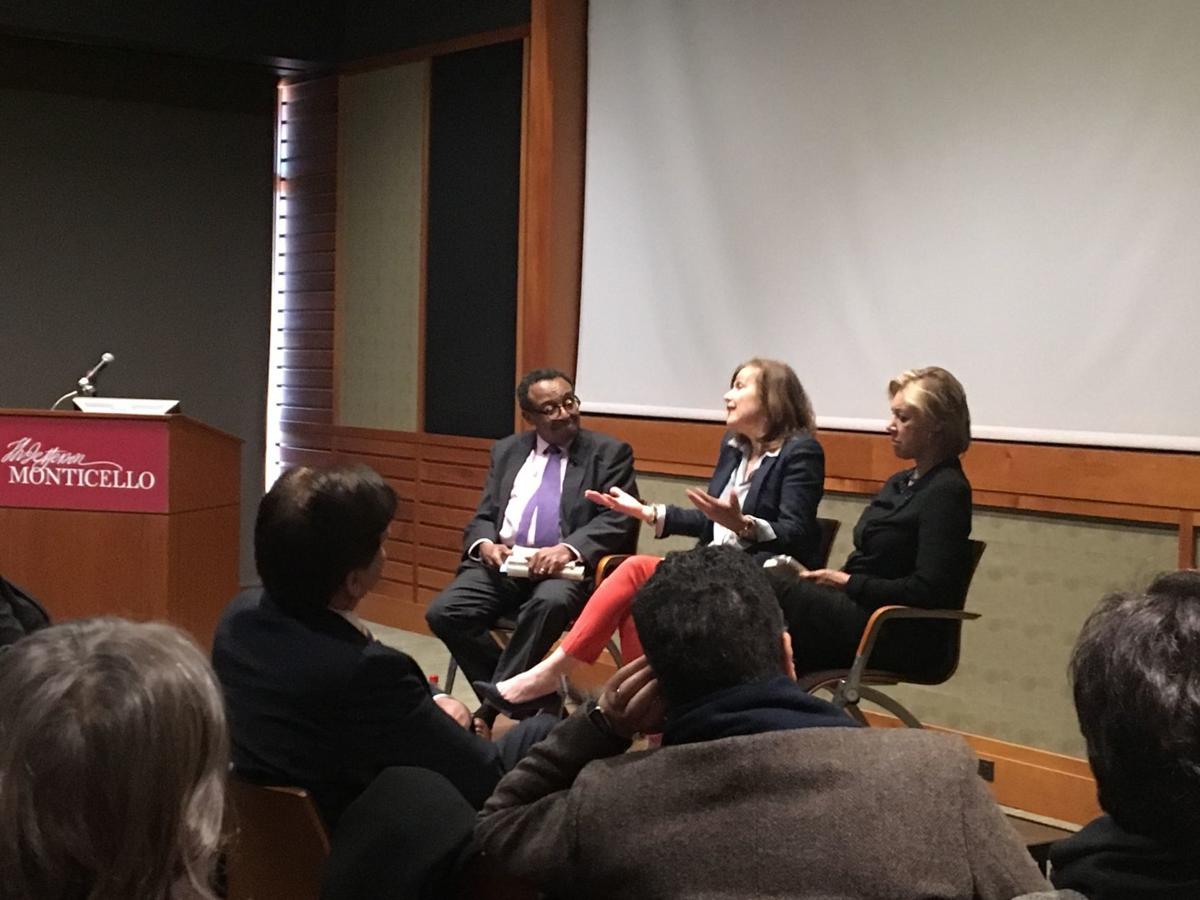This Artist Got His Start as an I.C.U. NursePosted in Articles, Arts, Media Archive, United States on 2020-03-22 01:35Z by Steven |
This Artist Got His Start as an I.C.U. Nurse
The New York Times
2020-03-19
 Nate Lewis at his studio in the Bronx. Ike Edeani for The New York Times |
Nate Lewis developed a visual language in the rhythms of EKGs. Now, his intricate works on paper take the scalpel to society.
The artist Nate Lewis left his job as a nurse three years ago, but life on the neurocritical intensive care unit produces memories that don’t readily fade.
The patients battling strokes, seizures, and head injuries. The specialists debating treatment based on test numbers and images. The anxious families keeping watch, looking to the nurse for explanation and reassurance.
“I would show up and these families are giving me everything, telling me their life stories,” Mr. Lewis, 34, recalled of his years at a hospital near Washington, D.C. “I realized what an honor it was to take care of them at this time in their lives.”
One high-stakes drill became familiar: When a patient’s brain, heart or lung functions exceeded the safe range, an alarm would sound, and the monitor would start printing out the relevant graph until the situation was addressed…
…A self-described jock, Mr. Lewis grew up obsessed with basketball, boxed a little and practices capoeira. He implicates his own body in his work, making self-portraits by the same method as portraits of his friends.
They are black, as is he — he grew up in Pennsylvania, the son of a mixed-race couple — and he fielded some criticism at first, he said, for seeming to mutilate black bodies. The accusations of “trauma porn” took him aback. “At that time, I was still thinking in the hospital sense,” he said…
Read the entire article here.







